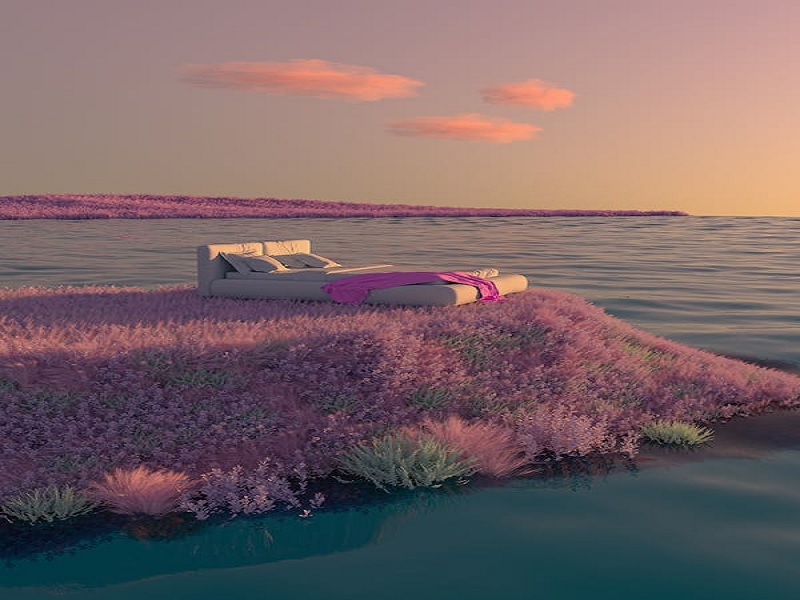As the world of design continues to evolve, the art of creating lifelike 3D renderings has become a sought-after skill. From architectural blueprints to CPG packaging design, the demand for realistic 3D images is ever-increasing. But how does one bridge the gap between the digital realm and reality? Here’s a roadmap with eight pivotal steps.
Recent Released: Is the UIUC Self-Service Portal Secure and Safe to Access
1. Prioritizing the Right Software and Tools
Navigating the sea of 3D rendering software can be overwhelming. However, focusing on applications that offer advanced texturing and lighting capabilities can be game-changing. It’s akin to an artist choosing their brush and palette carefully. The right tools ease the process and enhance the final masterpiece.
2. Mastering the Subtleties of Lighting
In the world of 3D, lighting can either make or break a rendering. Proper illumination brings depth and dimension, while poor lighting can flatten an image. It’s crucial to understand the interplay of shadows and highlights. Think of it as positioning stage lights for a theater performance, where each light source plays a distinct role in setting the mood.
3. Texturing with Precision
While a sculpture might look exquisite, the polish and finish give it life. Similarly, in 3D renderings, textures provide that lifelike feel. Whether it’s the grain on wood or the gloss on a bottle, paying attention to minute details in texturing can make a significant difference. One could compare it to dressing a set for a movie – the props and the backdrop lend authenticity.
4. Embracing Photorealistic Shaders
Beyond basic textures, shaders play a pivotal role in achieving realism. They determine how materials interact with light, be it reflection, refraction, or absorption. Investing time in perfecting shaders is like adjusting the settings on a camera, ensuring that every shot captures reality in its full glory.
5. Utilizing Depth of Field
Depth of field isn’t just a photographer’s trick. In 3D rendering, depth of field can emphasize focus on particular elements while softening others. It’s a delicate dance of clarity and blur, similar to how a filmmaker might direct an audience’s gaze in a poignant scene.
6. Experimenting with Perspective
Flat or skewed perspectives can compromise the believability of a rendering. One can infuse a fresh and dynamic feel by playing with camera angles and viewpoints. It’s like choosing the perfect angle for a photograph, where every shift can unveil a new dimension. Exploring different camera perspectives enhances the visual impact of a rendering and provides opportunities to showcase the design from unique angles.
7. Ensuring Accurate Proportions
One of the dead giveaways of a digital image is disproportionate elements. Be it furniture in a room or products on a shelf, maintaining correct scales and proportions is crucial. It’s the same principle as constructing a building; the entire structure feels off if one brick is out of place.
Adobe states, “Use Substance 3D Stager to apply materials for realistic visualizations, and use the render button to get the perfect shot.”
8. Continuous Learning and Feedback
The realm of 3D design is vast and ever-evolving. Embracing continuous learning and being receptive to feedback is essential. Think of it as an artist attending workshops or a musician practicing scales. Mastery is a journey, not a destination.
Achieving realism in 3D renderings is both an art and a science. It’s about marrying technical prowess with an artistic vision. As creators traverse this path, they’re not just crafting images but building bridges between imagination and reality. Every pixel tweaked, and every shader adjusted paves the way for a digital creation that breathes and resonates with life.
